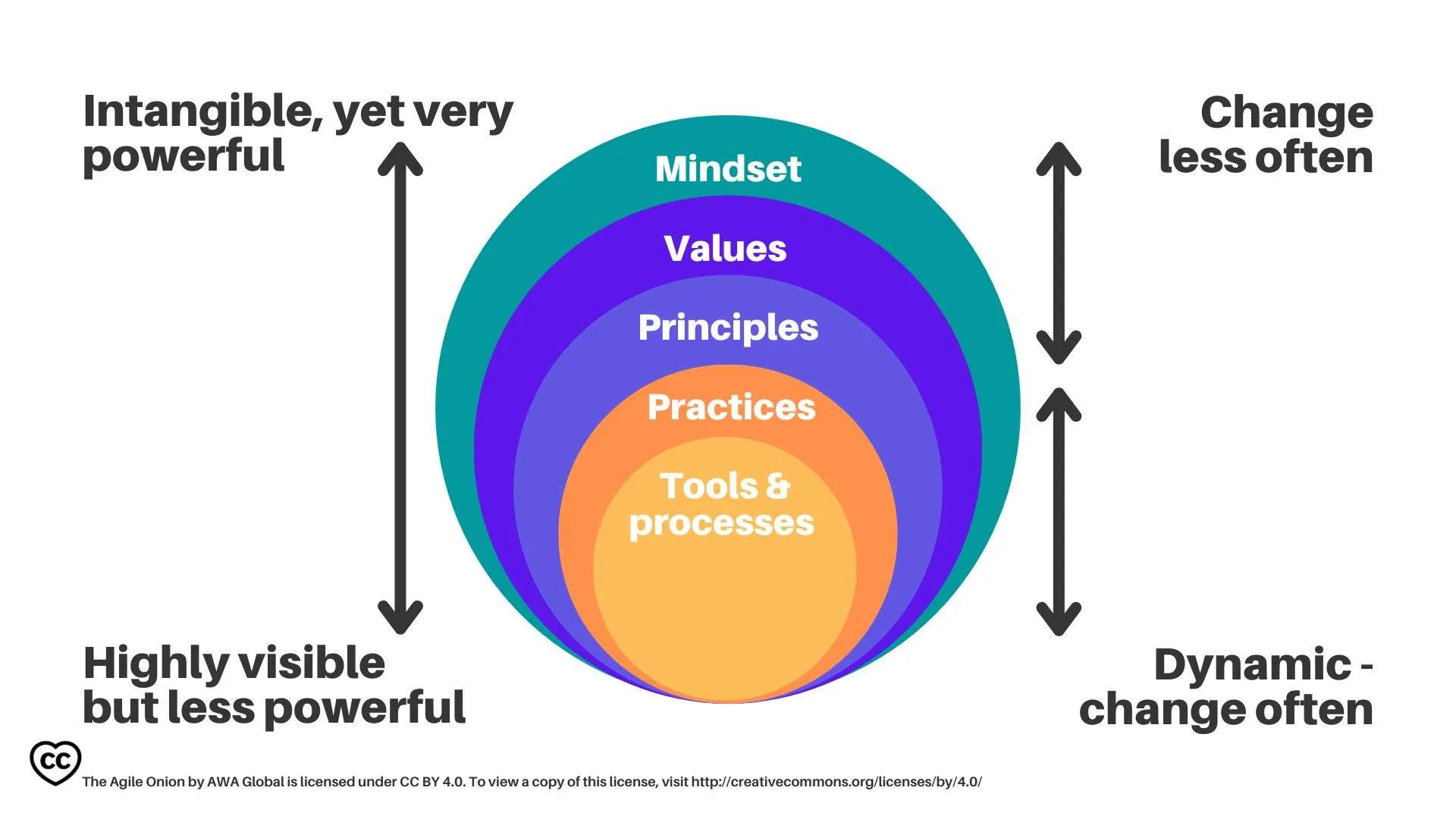The Testing Manifesto and the Agile Manifesto are two documents that define the values and principles of testing and software development in agile environments. They share a common vision of delivering software that works and satisfies the customer’s needs, but they also have some differences in how they approach testing and quality.
The Testing Manifesto consists of five values that express what testers value more in their work:
– Testing throughout OVER testing at the end.
– Preventing bugs OVER finding bugs.
– Testing understanding OVER checking functionality.
– Building the best system OVER breaking the system.
– Team responsibility for quality OVER tester responsibility.
The Agile Manifesto consists of four values and twelve principles that guide the software development process:
– Individuals and interactions over processes and tools.
– Working software over comprehensive documentation.
– Customer collaboration over contract negotiation.
– Responding to change over following a plan.
In this article, we will explain how to map each value of the Testing Manifesto to one or more values of the Agile Manifesto, and show how they support each other and provide a holistic view of testing and quality.
🕐 Testing throughout OVER testing at the end.
This value aligns with the Agile value of working software over comprehensive documentation. Both values emphasize the importance of delivering software that works and meets the customer’s needs, rather than spending too much time on documenting or testing it at the end of the development cycle. Testing throughout also supports the Agile value of responding to change over following a plan, as it allows testers to adapt to changing requirements and feedback, and provide continuous improvement.
🛑 Preventing bugs OVER finding bugs.
This value aligns with the Agile value of customer collaboration over contract negotiation. Both values focus on building a relationship with the customer and understanding their expectations, rather than sticking to a fixed contract or specification. Preventing bugs also supports the Agile value of individuals and interactions over processes and tools, as it requires testers to communicate and collaborate with the developers and other stakeholders, rather than relying on tools or processes to find bugs.
💡 Testing understanding OVER checking functionality.
This value aligns with the Agile value of customer collaboration over contract negotiation as well. Both values emphasize the importance of testing whether the software solves the customer’s problem and delivers value, rather than just checking if it meets the predefined functionality. Testing understanding also supports the Agile value of working software over comprehensive documentation, as it requires testers to use their skills and creativity to explore and evaluate the software, rather than following a scripted test plan or documentation.
🛠 Building the best system OVER breaking the system.
This value aligns with the Agile value of individuals and interactions over processes and tools. Both values stress the importance of teamwork and cooperation among all members of the software development team, rather than focusing on individual roles or tasks. Building the best system also supports the Agile value of responding to change over following a plan, as it encourages testers to embrace change and innovation, rather than resisting or criticizing it.
🤝 Team responsibility for quality OVER tester responsibility.
This value aligns with the Agile value of individuals and interactions over processes and tools as well. Both values promote a culture of shared responsibility and accountability for quality, rather than assigning it to a specific person or group. Team responsibility for quality also supports the Agile value of customer collaboration over contract negotiation, as it involves all team members in understanding and meeting the customer’s needs, rather than leaving it to testers alone.
Conclusion
The Testing Manifesto and the Agile Manifesto are two documents that define different but complementary aspects of software development in agile environments. By mapping their values, we can see how they support each other and provide a holistic view of testing and quality. If you want to learn more about them, you can check out these sources:
The Testing Manifesto – Growing Agile
The 4 Values and 12 Principles of the Agile Manifesto – Smartsheet
Manifesto for Agile Software Development
Testing Manifesto – Connor’s Blog

